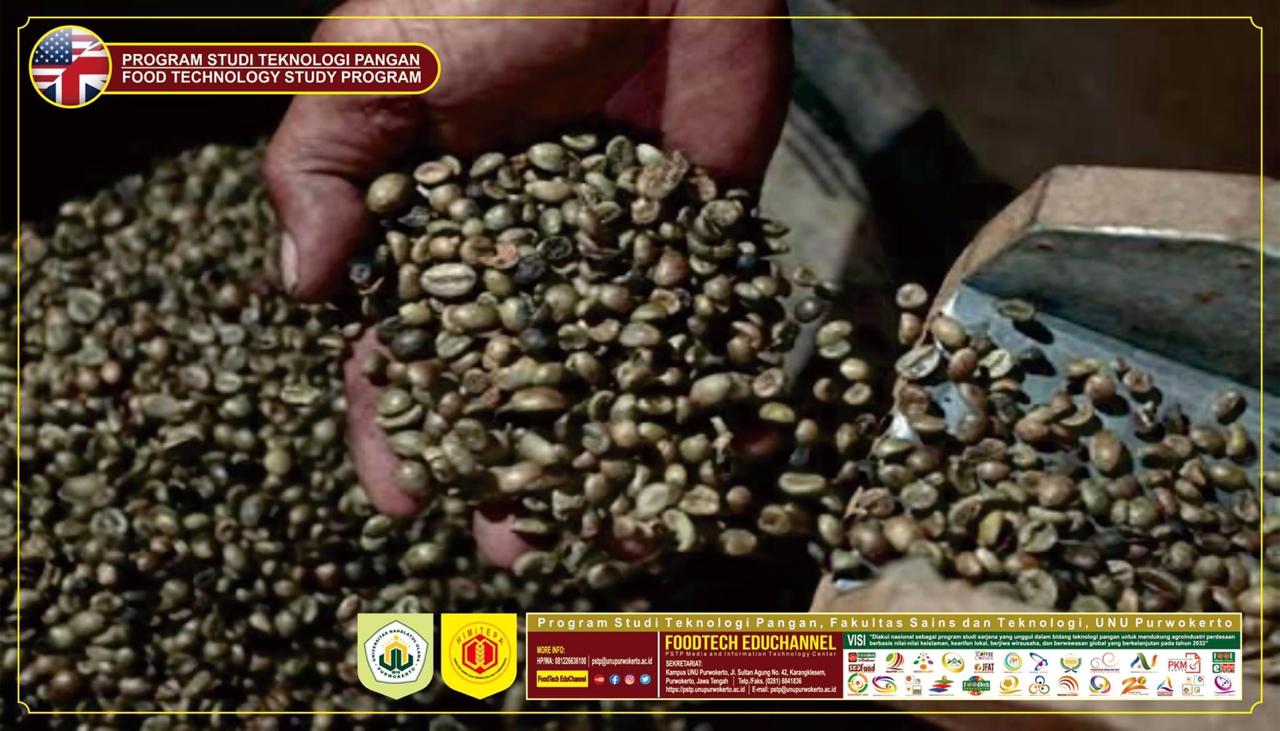e-Foodtech Future – In a tropical country like Indonesia, with high temperatures and humidity, it is necessary to increase awareness of food security, especially microbiological safety aspects. In Indonesia, the national food security system using the principle of risk analysis was released in 2004. However, this system needs to be revitalized, especially its network that involves many security stakeholders in Indonesia, so that it is more structured, consistent and sustainable.
Food is a source of energy needed by humans to carry out their lives. However, food can be a source of disease if it does not meet the criteria of good, healthy and safe food. Various contaminants can contaminate food material so it is not suitable for consumption. Food quality in nature is inseparable from a variety of influences such as environmental conditions, which make it feasible or not for food to be consumed. Various pollutants can be contained in food due to the use of contaminated food raw materials, processing, and storage processes. Among the contaminants that are often found are mycotoxins produced by mold.
Mycotoxins are secondary metabolites produced by certain species of mold during their growth in food. Mycotoxins began to be known since the discovery of aflatoxin which caused Turkey X -asease in 1960. Until now, 300 types of mycotoxins have been known, five of which have the potential to cause disease both in humans and animals, namely aflatoxin, okratoxin A, zearalenon, trichotene (deoxinivalenol, T2 toxin) and fumonisin. around 25% -50% of agricultural commodities are contaminated by these five types of mycotoxins. Diseases caused by mycotoxin exposure are called mycotoxicosis.
Kavadya Syska, Coordinator of the Food Technology Study Program, Faculty of Science and Technology, University of Nahdlatul Ulama Purwokerto explained that differences in the chemical, biological, and toxicological properties of each mycotoxin cause differences in the toxic effects it causes. In addition, this toxicity is also determined by: (1) the dose or amount of mycotoxins consumed; (2) exposure routes; (3) duration of exposure; (4) species; (5) age; (6) gender; (7) physiological, health and nutritional status; and (8) synergistic effects of various mycotoxins which are simultaneously present in food. During storage, food is very easy to grow with mold. Indonesia’s tropical climate with high rainfall, temperature and humidity strongly supports the growth of mycotoxin-producing fungi.
Mycotoxins are organic compounds produced by secondary metabolism of thread fungus (mold). In maize contaminated by Aspergillus flavus producing aflatoxin. Aflatoxin is a small molecule, insoluble in water, stable with various processing processes. Post-harvest handling of agricultural materials such as cereals and nuts needs to be done well. Grains that are less dry (with water content> 12%), will be overgrown by various types of fungi, including the potential to produce mycotoxins. Aflatoxin has bifuran compounds which are non-polar, heat-stable and resistant to physical or chemical treatment. With these characteristics, aflatoxins which have contaminated foodstuffs are difficult to remove. Even aflatoxin B1 which contaminates feed and is consumed by dairy cows does not disappear altogether but turns into aflatoxin M1 which appears in milk which has a toxicity similar to aflatoxin B1. The accumulation of toxins in the human body or livestock has hepatotoxic (liver damage), hepatocarcinogenic (liver cancer), mutagenic, teratogenic, or immunosuppressive effects.
Sources: interviews and references analysis
Food Technology, UNU Purwokerto: Creative, Innovative, Fantastic
Food Technology, UNU Purwokerto: Developing Creative and Innovative Future


Leave a Reply